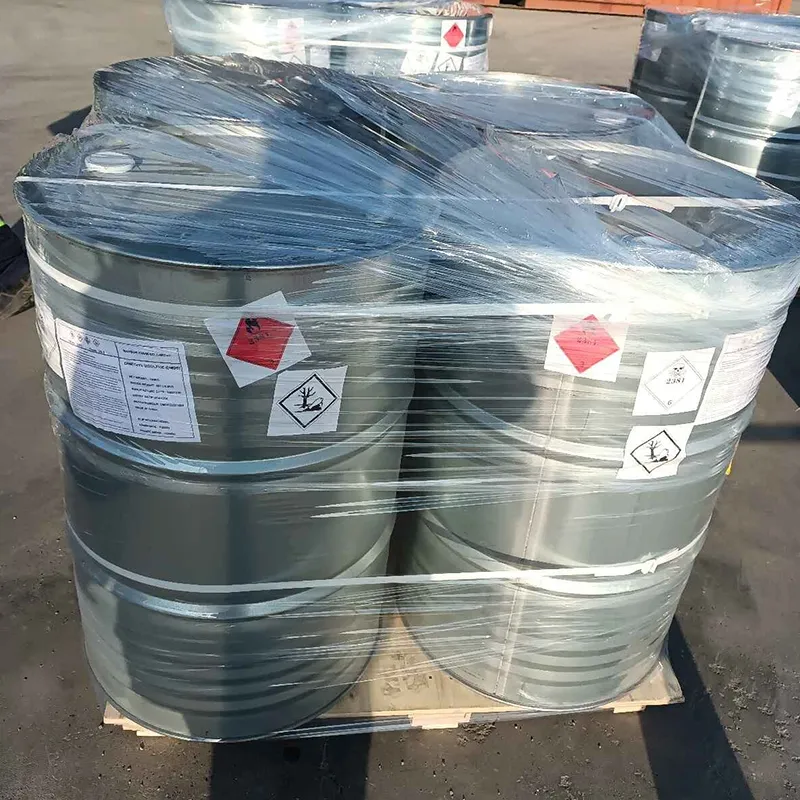
Chilled Water System Chemical Solutions for Improved Efficiency and Performance
Understanding Chilled Water Treatment Chemicals
In today’s modern buildings, chilled water systems are a crucial component for maintaining comfortable indoor climates, particularly in commercial and industrial settings. These systems utilize chilled water to absorb heat from the air, thereby cooling spaces efficiently. However, to ensure optimal performance and longevity of chilled water systems, proper treatment with chemicals is essential. This article will explore the types of chemicals used in chilled water treatment, their roles, and their importance.
What are Chilled Water Treatment Chemicals?
Chilled water treatment chemicals are specialized compounds used to treat the water circulating in chilled water systems. Their primary role is to prevent corrosion, scaling, and biological growth within the system, which can lead to significant problems, including system inefficiency, increased energy consumption, and premature equipment failure.
Types of Chemicals Used
1. Corrosion Inhibitors These chemicals are vital for protecting the metal components of chilled water systems, such as pipes, coils, and chillers. Common corrosion inhibitors include nitrites, phosphonates, and molybdates. They work by forming a protective film on the metal surfaces, minimizing the electrochemical reactions that lead to rust and deterioration.
2. Scale Inhibitors Hard water contains minerals such as calcium and magnesium that can precipitate and form scale on the surfaces of heat exchangers and pipes. Scale buildup can drastically reduce heat transfer efficiency and lead to increased energy costs. Chemical scale inhibitors, like polyacrylic acids and phosphonates, help to keep these minerals in solution, thereby preventing scaling.
3. Biocides Biological growth, such as bacteria and algae, can flourish in chilled water systems if left untreated, leading to fouling and, in some cases, biofilm formation. To combat this, biocides like bromine and chlorine compounds are added to the system. These agents effectively kill unwanted microorganisms and help to maintain a clean system.
chilled water treatment chemicals

4. pH Adjusters The pH level of water in chilled water systems is crucial for the effectiveness of other treatment chemicals. Maintaining a balanced pH, typically between 6.5 and 8.5, ensures the effectiveness of corrosion inhibitors and scale inhibitors. Common pH adjusters include sulfuric acid to lower pH and sodium hydroxide to raise it.
The Importance of Regular Treatment
Regular monitoring and treatment of chilled water systems with these chemicals are essential for several reasons
- Efficiency Properly treated water ensures optimal heat transfer. When the system is free from scale and corrosion, energy consumption is minimized, leading to lower operational costs.
- Equipment Longevity Routine treatment helps avoid the premature failure of critical system components, such as chillers, pumps, and coils. This not only saves on capital expenditures but also reduces downtime and maintenance efforts.
- System Reliability A well-maintained chilled water system ensures consistent operation, which is vital, especially in applications where high-temperature control is required, like data centers and manufacturing facilities.
Conclusion
The treatment of chilled water with appropriate chemicals is an indispensable practice for any facility utilizing chilled water systems. By implementing effective corrosion inhibitors, scale inhibitors, biocides, and pH adjusters, building managers can enhance system efficiency, prolong equipment lifespan, and ensure reliable operation. Investing in proper chemical treatment not only safeguards the investment in HVAC infrastructure but also contributes to overall energy efficiency and environmental sustainability. As technology and chemistry continue to evolve, staying informed about the best practices in chilled water treatment will remain essential for maximizing performance and reliability in cooling applications.
-
Pure Sodium Dichloroisocyanurate Dihydrate | Powerful DisinfectantNewsAug.29,2025
-
Industrial Chemicals: Quality & Purity for Every IndustryNewsAug.28,2025
-
Nitrile Rubber Honoring Strict Production StandardsNewsAug.22,2025
-
Aspartame Ingredients Honoring Food Safety ValuesNewsAug.22,2025
-
Fertilizer for Balanced Plant NutritionNewsAug.22,2025
-
Cyanide Gold Processing with High Purity AdditivesNewsAug.22,2025
-
Formic Acid in Textile Dyeing ApplicationsNewsAug.22,2025
Hebei Tenger Chemical Technology Co., Ltd. focuses on the chemical industry and is committed to the export service of chemical raw materials.
-

view more DiethanolisopropanolamineIn the ever-growing field of chemical solutions, diethanolisopropanolamine (DEIPA) stands out as a versatile and important compound. Due to its unique chemical structure and properties, DEIPA is of interest to various industries including construction, personal care, and agriculture. -

view more TriisopropanolamineTriisopropanolamine (TIPA) alkanol amine substance, is a kind of alcohol amine compound with amino and alcohol hydroxyl, and because of its molecules contains both amino and hydroxyl. -

view more Tetramethyl Thiuram DisulfideTetramethyl thiuram disulfide, also known as TMTD, is a white to light-yellow powder with a distinct sulfur-like odor. It is soluble in organic solvents such as benzene, acetone, and ethyl acetate, making it highly versatile for use in different formulations. TMTD is known for its excellent vulcanization acceleration properties, which makes it a key ingredient in the production of rubber products. Additionally, it acts as an effective fungicide and bactericide, making it valuable in agricultural applications. Its high purity and stability ensure consistent performance, making it a preferred choice for manufacturers across various industries.





